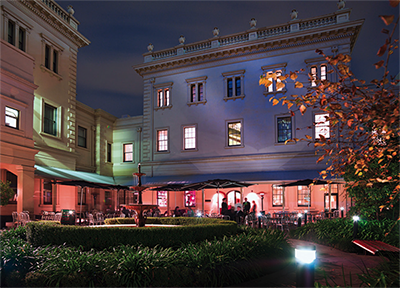Climate responsive design
Published:
30 November 2010
Edited:
28 August 2018
ISSN:
2207-466X


 Only eligible Institute members and subscribers can view the rest of this note. Please register or login to view.
Only eligible Institute members and subscribers can view the rest of this note. Please register or login to view.